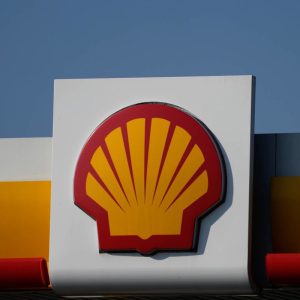Spread the love !
Elon Musk mounted an unprecedented effort to deliver Pennsylvania to Trump and now stands to benefit personally and politically. Getty Images; Jenny Chang-Rodriguez/BI
- Elon Musk dumped millions into Pennsylvania and camped out in the state to help deliver it to Trump.
- His super PAC built a last-minute canvassing effort and spearheaded untested ground-game techniques.
- Musk’s sprawling, risky moves could inaugurate a “new era” in campaign spending, a source told BI.
Elon Musk, the world’s richest man, took a frenzied and controversial gamble on the biggest swing state in the 2024 race, and it paid off. President-elect Donald Trump won Pennsylvania, and with it, another four years in the White House. - Between opaque money channels and the chaos of day-to-day ground operations, the full scope of Musk’s efforts in the Keystone State isn’t yet clear. But they were substantial.
- On July 13, Musk publicized his support for Trump on X, posting a video of the former president after he survived an assassination attempt in Butler County, Pennsylvania.
- Musk set up a war room of sorts in Pittsburgh and spent the final weeks of the race galavanting across the state. He urged Pennsylvania voters in apocalyptic terms to head to the polls, telling them in late October that the 2024 election would determine “the fate of Western civilization.”
Musk spent more than $130 million on the election, much of it late in the game - Musk’s Keystone State tour de force began on October 5, when he attended his first campaign rally alongside Trump in Butler. In addition to appearing with Trump, Musk hosted his own events in Pennsylvania.
- Between October 17 and October 20, he hosted four town halls in as many days across the state and hosted another one on October 26.
- It’s too early to tell what impact Musk ultimately had in Pennsylvania. While the state flipped to Trump, so did other key states like Wisconsin and Michigan, where Musk did not campaign. But political operatives on the ground in Pennsylvania said Musk’s presence certainly helped.
“And those things can play very well with the American economy,” Eddy said, noting that the issue was top of mind for many voters in his swing district, which ultimately broke for Trump. - Much of Musk’s work in Pennsylvania was carried out through his
Thanks to a Federal Election Committee advisory issued this year, outside groups like PACs can coordinate directly with campaigns on certain efforts. Trump’s campaign and America PAC signed a data-sharing agreement, which let them jointly determine which voters to target. America PAC spent most of its money on canvassing and digital advertising. - Documents filed with the FEC in late October showed that Musk funneled just under $119 million into his PAC, including $43.6 million in the first two weeks of October. As of October 16, he publicly disclosed spending more than $130 million overall to help Trump and Republicans, though donations made past that date won’t appear in public filings until late November. It remains unknown how much Musk has given to “dark money” groups, which are nonprofits that don’t disclose their donors.
Musk, the Trump campaign, and the Harris campaign did not respond to requests for comment for this article. - The ground game was key to Musk’s effort
- Musk believed voter mobilization was key to winning Pennsylvania, and he was particularly focused on turning out low-propensity voters in rural areas, The New York Times reported. He even hired Chris Young, a Republican operative with extensive experience in field operations, to guide his political spending.
- Campaigns and outside groups typically spend months, if not years, building the architecture of voter-mobilization operations. Ahead of Election Day, some Democrats expressed doubt that America PAC’s efforts would be successful.
- “You gotta find the people. You gotta train the people. You gotta design and print everything. You gotta use the data,” Daniel Fee, a Democratic strategist in Pennsylvania, told Business Insider before the election. “Field is not like, ‘I knocked on your door and now I’m done.'”





